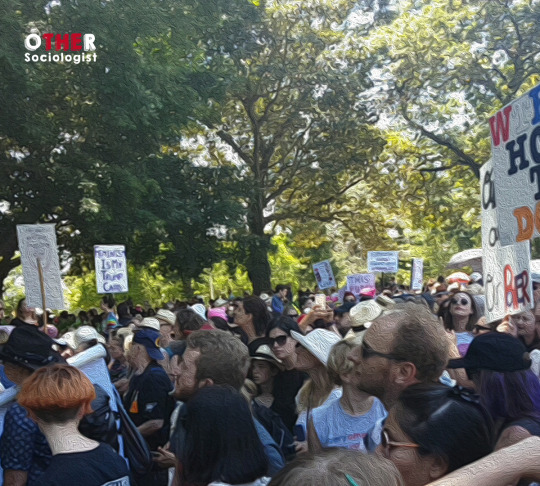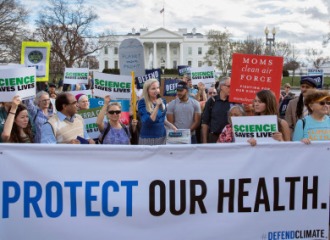
I was interviewed by WIRED on the disunity caused by scientists who have tried to split the March for Science from social justice activism. The case study in this article is the appalling treatment of organisers in Memphis, USA. Scientists split from the Memphis March to form a separate rally in the same city. Both groups have scientists but the March has centrally been led by women of colour activists with more experience in social movements, and they incorporate a focus on inclusion of minority communities. This is symbolic in their decision to march to an historically Black university. Participation of minorities in science is not mutually exclusive to the goal of enhancing evidence-based science policies. I’ll point out what I said in my interview: scientists from underrepresented groups have always been part of, and learned from, social justice movements.
“Both groups feel that their work isn’t done—and with the perception that science is under attack in the US, they wish they could show a united front. But ‘that in itself is a false picture of science, because we are not united,’ says Zuleyka Zevallos, a sociologist at Swinburne University in Australia who has studied the online reaction to the March for Science’s shifting messaging. Saturday’s marches, rallies, and other events around the world will surely pull some science supporters together. But they’re just as likely to highlight the clash over science’s priorities. Should the science community focus on fighting back against a hostile administration? Or on improving itself from within?”
Read more on WIRED.






